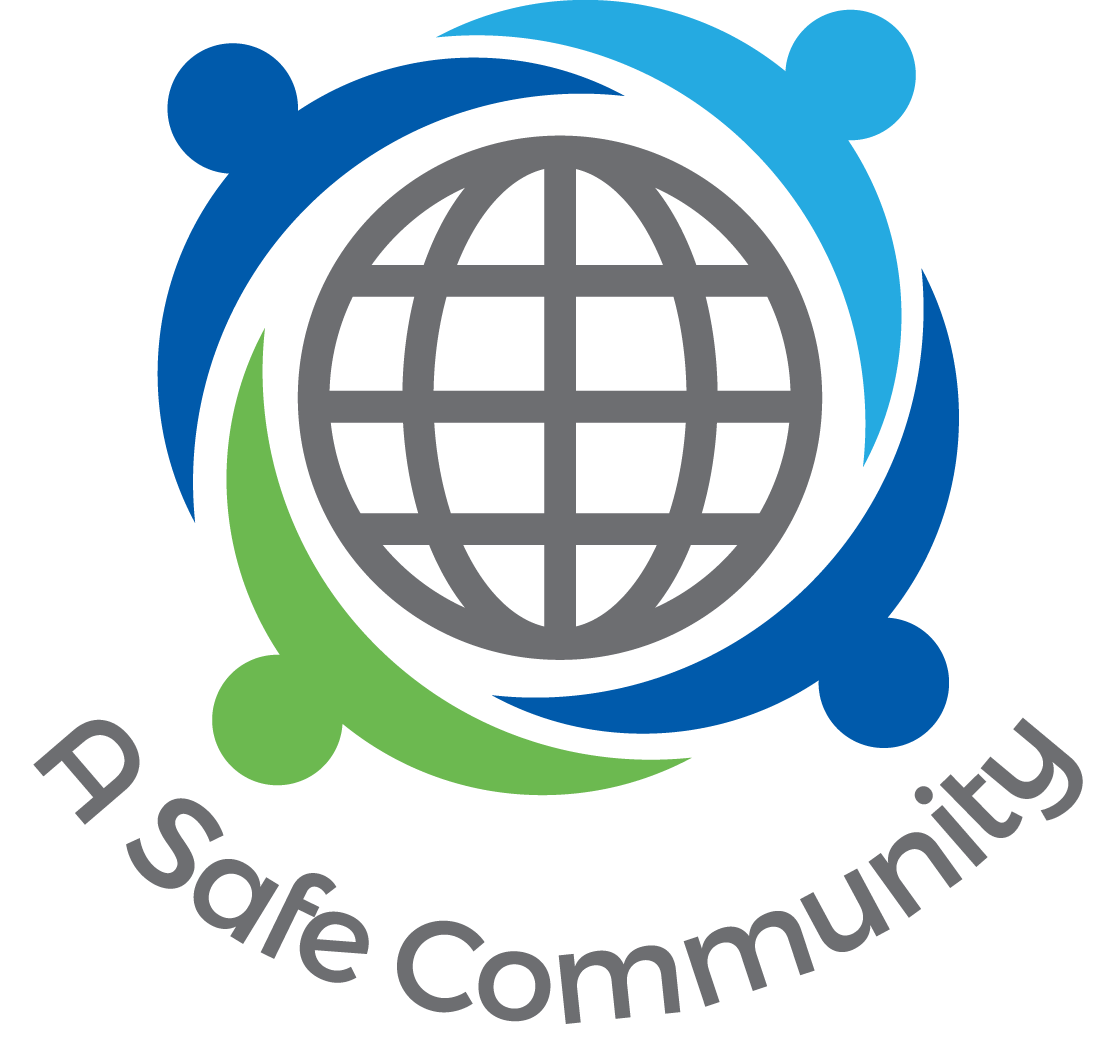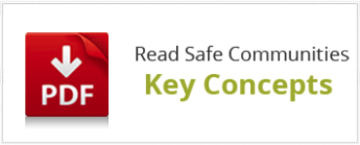About Us
Transition Phase FAQs
The network is currently undergoing a transition phase. Safe Communities Foundation New Zealand (SCFNZ) was the peak body for the network from 2004-2021.Please read below for further information.
Rationale
What changes are being made to the Safe Communities Network in Aotearoa NZ?
- The Safe Communities Network in Aotearoa New Zealand is undergoing a transition to a community-led and managed network that will not include SCFNZ.
- The opportunities in developing a community-led and owned network are a cause for celebration and the natural evolution within any established movement. The network itself has an opportunity to identify how a community-led network may work.
- Individual Safe Communities are actively take part in shaping the future of the network to determine the who and what of a new structure going forward.
Why are the changes being made?
- Quite simply, it is time. SCFNZ as an organisation was established over 15 years ago to “create a network of communities who work collaboratively in the community safety/wellbeing space”. This has been achieved.
- SCFNZ acknowledges that network matters such as sustainability, maturity and members do fluctuate within, and between, communities. However, driven by external social, political and environmental factors, the SCFNZ board has determined that the current function and operations of SCFNZ are no longer feasible to support the wider network.
- This now requires SCFNZ to cease operations in its present format and the network to become fully community owned (if desired). This decision is based on SCFNZ values, alongside the purpose of the trust and community development principles.
What, if anything, should I communicate to my stakeholders?
- You should communicate what the changes are and why these changes are happening. You should also discuss the role your Safe Community wants to play in the transition phase and thereafter. You should also include that change always creates a period of uncertainty, however, the opportunities in developing a community-led and owned network are a cause for celebration.
Organisations and Structures
Will there still be individual Safe Communities?
- Yes, Accredited Safe Communities keep their status. They are self-managing and function as independent members of a wider network.
What about the Pan Pacific Safe Community Network (PPSCN)?
- The Safe Communities Network in Aotearoa New Zealand remains a part of the wider PPSCN, the current community representation on the board is Liz Lambert, Safer Napier. The structure of the community-led network will determine who else, if anyone, will join her on the PPSCN board.
- Safe Communities will still be able to seek re/accreditation under the PPSCN. The criteria remain the same, however, the process and cost may differ.
What will happen to SCFNZ-managed ‘network resources’?
- All community resourcing, i.e., ‘Library of Initiatives’, ‘Applications’, and relevant ‘SCFNZ guides and discussion documents’ will be handed over and gifted to the network. Where these will be hosted will be determined by the direction and capacity of the community-led network.
Impact on community wellbeing/safety
How will the changes affect Safe Community local initiatives?
- Local Safe Communities will still be able to have the support of the wider network in terms of problem solving, shared knowledge and learning.
- Individual Safe Communities will need to actively take part in shaping the future of the network to determine the who and what of a new structure going forward.
How will the changes affect Safe Community re/accreditation?
- How the network wishes to manage accreditations moving forward will be determined as part of the transition phase, i.e. whether this will be managed internally in New Zealand with an international PPSCN reviewer, or whether communities will apply to a PPSCN accreditation centre.
- Local Safe Communities will still be able to seek re/accreditation under the PPSCN. The criteria will remain the same, however, the process and cost may differ.
What will happen to current reporting requirements?
- The reporting templates will be available as part of the SCFNZ handover of network resources. These will be available to all Safe Communities. Aside from individual level reporting, the wider collective analysis and reporting will be determined by the direction and capacity of the community-led network.
Opportunities for the future
How can I be involved in the development of a community-led network?
- Individual Safe Communities will need to actively take part in shaping the future of the network to determine the who and what of a new structure going forward. Join the community-led transition group, which has a purpose of a collective voice and decision making, it is a self-managing group


